IoT can be simply described as an ecosystem of computers and smart devices or machines that can communicate or collaborate without human assistance. It is therefore ordinary electronics (fridge, watch, thermometer, etc) that, with the addition of an OS and connection to the Internet, acquire completely new uses and benefits for everyday activities. Show more
IoT can be simply described as an ecosystem of computers and smart devices or machines that can communicate or collaborate without human assistance. It is therefore ordinary electronics (fridge, watch, thermometer, etc) that, with the addition of an OS and connection to the Internet, acquire completely new uses and benefits for everyday activities.
The definition of IoT has already revealed to some extent what these devices are good for. But the question is how it all works. The Internet of Things is, as already mentioned, a network of physical, electronic devices that can send and receive data to each other.
Each IoT (smart) product has its software (operating system), sensors and some support for network connectivity (Wi-Fi, USB or Bluetooth). Through this connectivity, it communicates with the rest of the paired (connected) devices.
Individual smart products are self-identifiable and function independently of others. Likewise, they can work without an internet connection. However, network connectivity and interconnection with other devices are necessary for proper functionality or to use their full potential. For example, smartwatches work without pairing with a smartphone. However, it will not show you notifications for calls, SMS, received messages, etc. You will not be able to access your sports performance stats either. For that, you need to use a mobile app that will take care of connecting your phone to the watch and transferring data.
The most interesting thing about IoT devices is the sensors. Sensors can take many forms, from temperature sensors to air quality sensors, to location tracking via GPS, and to measure the quality of lighting. They can be part of almost every conceivable electronic device and take full advantage of the possibilities that their connection to the Internet brings.
The main use of IoT is, as in the case of artificial intelligence, to improve the human perception of the world and make everyday activities more efficient. These two main pillars of the digital transformation or digitalisation of the world have ushered in a new era. An era in which all activities will be easier, faster and, with it, more fun.
The Internet of Things will thus find its application in almost all sectors:
The idea of IoT has been around for a long time, but it has been put to practical use in recent years through a series of various technological advances.
In addition to providing smart gadgets, IoT is crucial for business. Businesses can now monitor in real-time how their systems are truly doing thanks to the Internet of Things (IoT), which also brings visibility into the supply chain and logistics operations as well as equipment performance.
IoT allows businesses to automate procedures and save money on labour. Additionally, it decreases waste, improves service delivery, lowers the cost of manufacturing and delivery of goods, and provides transparency in consumer interactions.
IoT is one of the most crucial technologies in modern life, and it will only continue to grow in importance as more companies realize how linked gadgets can help them stay competitive.
In this category, we’ll talk about all the internet-related things. Also, we will post valuable content to help addressing the issues you’re facing.
In our fast-paced digital world, the humble bookmark has become an essential tool that many of us take for granted. Yet this simple feature can transform your online experience from ...
In our fast-paced digital world, the humble bookmark has become an essential tool that many of us take for granted. Yet this simple feature can transform your online experience from Read article →
Spam traps are specially created email addresses designed to identify unsolicited email senders. These sophisticated tools, employed by email service providers and anti-spam filters, help determine who is sending emails ...
Spam traps are specially created email addresses designed to identify unsolicited email senders. These sophisticated tools, employed by email service providers and anti-spam filters, help determine who is sending emails Read article →
In an era where digital presence is paramount, the subtle signals that hint at underlying issues within a website’s architecture can be both enlightening and, if ignored, deeply detrimental. Among ...
In an era where digital presence is paramount, the subtle signals that hint at underlying issues within a website’s architecture can be both enlightening and, if ignored, deeply detrimental. Among Read article →
Headless CMS, or "headless content management systems," are platforms that manage content without providing tools for its presentation. Instead, they deliver content to other connected systems for further processing, typically ...
Headless CMS, or "headless content management systems," are platforms that manage content without providing tools for its presentation. Instead, they deliver content to other connected systems for further processing, typically Read article →
Web usability is one of the key factors that affect the success of websites. It's a set of rules, principles, and recommendations that aim to make it easier for users ...
Web usability is one of the key factors that affect the success of websites. It's a set of rules, principles, and recommendations that aim to make it easier for users Read article →
A 404 code (sometimes referred to as an error 404) is an HTTP status code that indicates an error when accessing a particular web page. It is usually accompanied by ...
A 404 code (sometimes referred to as an error 404) is an HTTP status code that indicates an error when accessing a particular web page. It is usually accompanied by Read article →
A website is a concept that is used in many different areas of life and technology. Its definition and use varies according to context, from literature and paper books to ...
A website is a concept that is used in many different areas of life and technology. Its definition and use varies according to context, from literature and paper books to Read article →
SEO-friendly URLs are web addresses that are search engine optimized and easy for users to understand. Appropriately crafted URLs improve the chances of higher search rankings and make it easier ...
SEO-friendly URLs are web addresses that are search engine optimized and easy for users to understand. Appropriately crafted URLs improve the chances of higher search rankings and make it easier Read article →
The term "clickbait" is composed of the English words "click" and "bait". It refers to irresistible headlines, teasers, or preview images that use emotive or sensationalist wording to pique the ...
The term "clickbait" is composed of the English words "click" and "bait". It refers to irresistible headlines, teasers, or preview images that use emotive or sensationalist wording to pique the Read article →
FAQs (Frequently Asked Questions) are an effective tool for facilitating communication between you and your customers, readers, or visitors. Often, this section serves as a quick and easily accessible source ...
FAQs (Frequently Asked Questions) are an effective tool for facilitating communication between you and your customers, readers, or visitors. Often, this section serves as a quick and easily accessible source Read article →

Hi, my name is Michal Krčmář. I am digital entrepreneur currently based in Prague (Czechia). I’ve been working on websites and delivering online marketing campaigns as a commercially-focused freelancer since 2006 for big prestigious brands, worked in-house for many years as consultant, manager or director and run several own startups. I founded/co-founded several companies with annual turnaround around 10+ mio USD. When I am not actually working on my business I try to constantly pass on my broad experience through seminars and online training, I also organize company trainings and workshops.

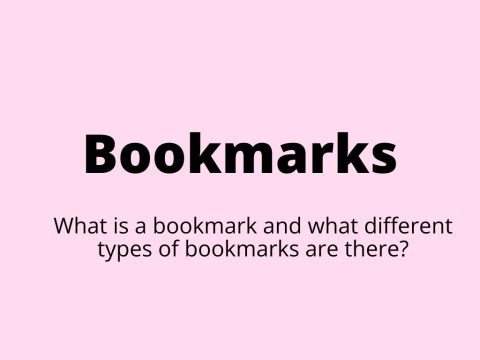
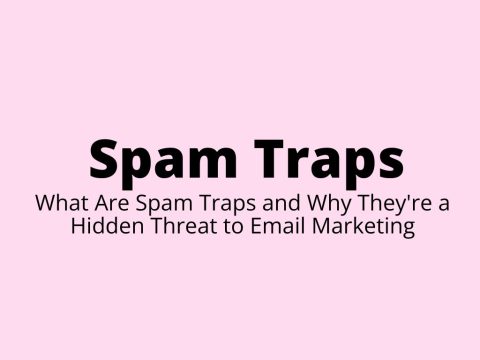
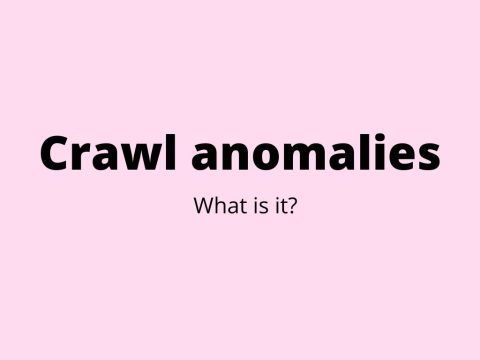


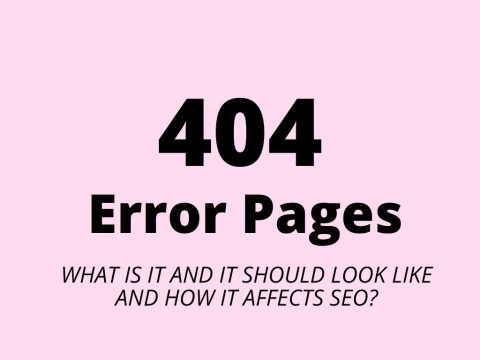



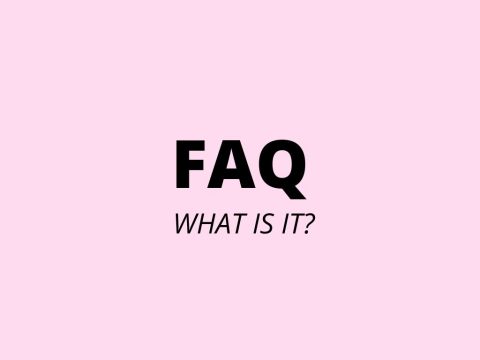
List of comments
browser commented on: Search engine marketing can also be called what?
My partner and I stumbled over here different web address and thought I may as well check things…john commented on: Is launching your start-up quickly a good idea?
Launching quickly can help you gain early feedback and stay ahead in the market, but it’s important not…Launa commented on: Rug Pull - what is it and how to catch a Rug pull?
A vibrant community is at the heart of (spam). The platform includes forums and social features that allow…Blocked user commented on: For accurate targeting, assets are organized into ad groups that have shared topics most often related to which of the following? (Choose three.) Select All Correct Responses
you are in point of fact a just right webmaster. The sitе lօading veⅼodity is amazіng. Ιt sort…